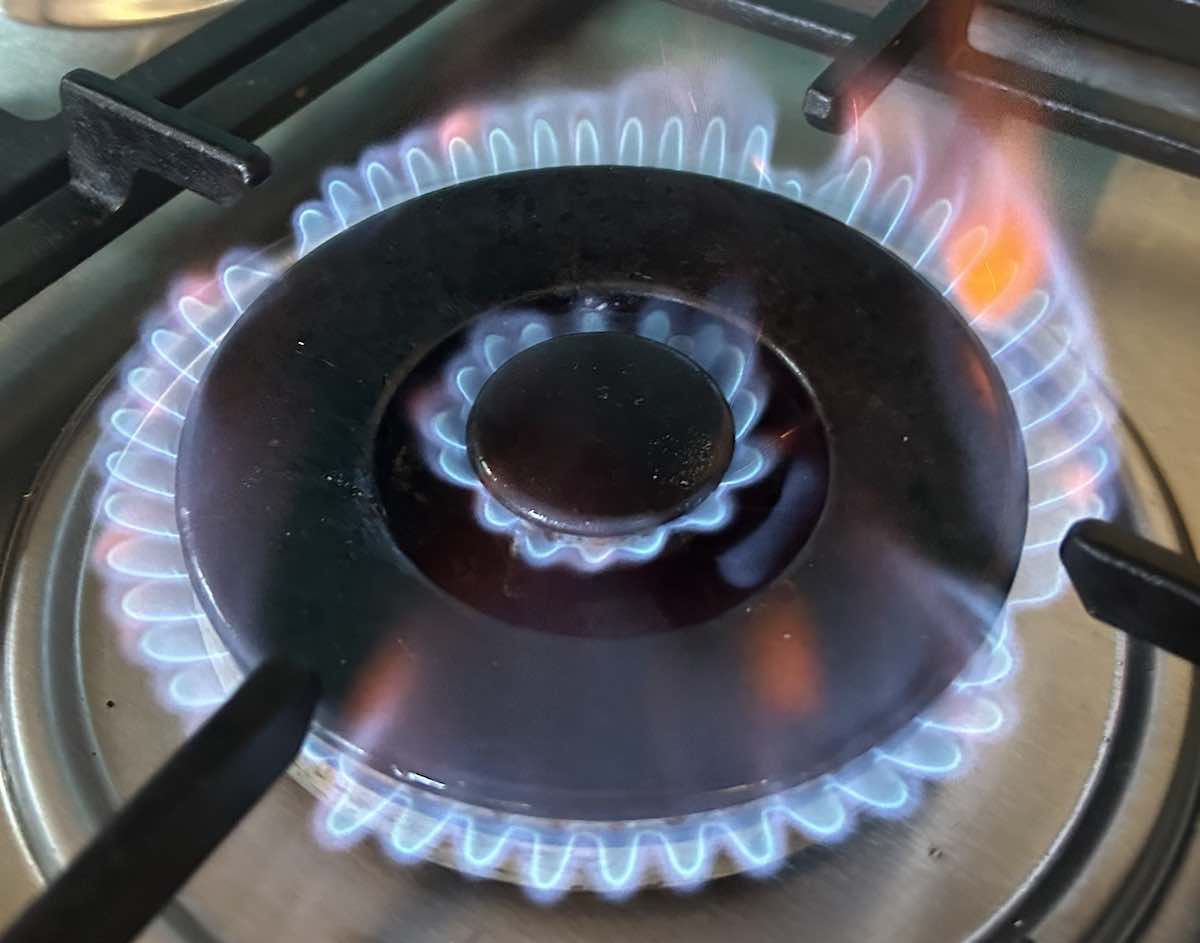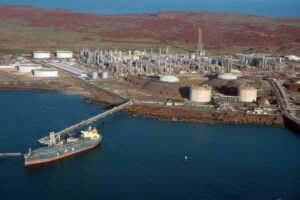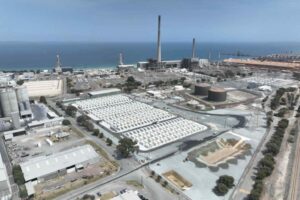The Australian Energy Regulator has issued an almost indistinguishable warning to gas distribution companies to brace for “rapid change” to the policy settings governing how networks can recoup their costs, after deciding on doing nothing, for now, to adjust the mechanisms that set network prices.
The issue over the so-called death spiral for gas networks is a critical one for the industry and consumers, because one of the unresolved problems of the push to electrification and to kick gas out of the home is who gets to bear the cost of stranded gas pipelines and other infrastructure.
It looks like the issue is to hard to solve for the AER. In a final determination on its Review of gas distribution network reference tariff variation mechanism and declining block tariffs, the AER said on Wednesday that it has decided “to not make sector wide changes.”
“Instead, we will consider these issues on a case-by-case basis in the context of individual access arrangement reviews,” the decision says.
“In this way we can better account for the differing levels of reliance on natural gas as an energy source across different jurisdictional markets, different policy settings applicable in each of those markets, and the views of distributor-specific stakeholders.”
This means the industry is – for the remainder of each company’s current pricing arrangement, anyway – stuck with the existing price cap tariff variation mechanisms, which, as the AER puts it, “incentivises gas distributors to grow the volume of gas carried by their networks.”
On the other hand, gas companies are also stuck with the existing declining block tariff structures, which the AER says have benefited consumers by coming out in the wash as lower per-unit transport costs being paid by customers.
In this sense, Craig Memery, who leads the energy consumer advocacy program at the Public Interest Advocacy Centre, which made a submission to this review, says the AER’s decision to hold fire on tariff changes is the right one.
Memery says the current gas tariff structure is already set up in a way that “adequately, from the perspective of consuming impacts,” balances equity of pricing against the changing demand profile of gas in the residential market.
“If we were to turn it on its head, and change the network charges so that they’re not as steep – so that they charge less for low use, and then more for high use – then that could have the perverse impact of keeping people with low gas use on the gas network and give them a false sense of security that their gas costs will remain affordable into the future.
“That’s going to mean that they’re not getting off gas completely and we’re not solving the problem. Meanwhile, it would also penalise the people who can’t get off gas by making them pay even more for this fuel that many already can’t afford,” Memery told RenewEconomy.
But the problem with the AER’s decision is that it isn’t really a decision – rather, the regulator has kicked that can down the road.
In the case of Victoria, where the exit from residential gas is gathering serious momentum thanks to the incoming state government ban on new connections to new homes, it puts off making important calls on tariff structures by around four years.
That’s because under the new approach, the AER says gas distributors will submit a combined proposal for reference services, tariff variation mechanism and tariff structure 12 months ahead of their four-yearly access arrangement review. Victoria’s current regulatory period expires on June 30, 2028.
“We will publish the proposal, as we currently do for standalone reference service proposals, and call for stakeholder submissions. We will release a non-binding AER decision on the combined service/tariff mechanism/tariff structure proposal within 6 months of its submission to us,” the regulator says.
The AER adds that it expects distributors to undertake “substantive stakeholder consultation” to inform their proposals, and that it will be “looking for active consideration by distributors and their stakeholders of how best to balance the efficiency and emissions abatement objectives within the updated National Gas Objective.”
And that’s about as stern as the determination gets, except for when the AER adds later, in a section called “our considerations:”
“More broadly, the policy context for our gas network determinations is evidently now subject to change. Sometimes rapid change. Policy settings which seemed appropriate in the past or in the present, may soon appear inappropriate or unnecessary in future.
“We will weigh these considerations in the context of individual access arrangement proposals.”
This is far from clear, though. And it goes nowhere near laying down the law on who will pay for what – and when – in the gas death spiral.
“We should ignore the gas industry’s Gas Vision 2050 where households have hydrogen powered four-wheel drives and hydrogen powered barbecues which they’re supplying from a reticulated gas connection at home.
“Aside from maybe a handful of harder-to-electrify locations, in 2050 gas will be gone from homes, the way that gas street lighting has already gone; it won’t be a thing anymore because we’ve got better electrical options.
“What Governments and regulators ultimately need to do is signal to the gas businesses about the future is: 2050 doesn’t involve you. Then we can plan for that future.”
Memery says what is needed is a national plan for the wind-down of residential gas networks, starting with a discussion about who pays for what and who carries the risk of existing assets becoming stranded.
He also argues that for anything spent on gas networks from now on – and especially for new connections, where they’re allowed to do them – the gas networks should have to bear the full financial risk.
“We’ve got about… $10 billion or $12 billion in regulated asset base for those networks that needs to come from somewhere – and gas network businesses are saying that should all come from consumers.
“I would say a lot of it represents future stranded assets and it’s reasonable that a little bit comes from consumers, but gas businesses should be on the hook for a significant amount of it and maybe government should chip in, too.”
Memery says that in comparison to, say, nuclear powered submarines, the public cost of buying out stranded gas assets could be seen as a small price to pay.
“Government could buy out a significant chunk of the gas networks and just take the problem away altogether,” he says.
“Then you won’t be fighting with an industry that’s got a vested interest in keeping the asset running and recovering every cent from consumers.”
Bruce Mountain, the director of the Victoria Energy Policy Centre, says the AER’s decision underscores that the exit of gas from residential markets is an issue for state governments to sort out.
“Why do we cede the regulation of jurisdictionally defined network assets which are subject to jurisdictional policies to a national agency?” he asks.
“Why is it not a Victorian agency which is determining the regulatory settings for the energy transition?”
Dan Cass, executive director of Rewiring Australia, says that whoever sets the rules, the writing is well and truly on the wall for gas companies – and has been for some time.
“The climate emergency and the steadily improving economics of electrification means business as usual for gas is over.
“It is surprising and disappointing to see that the Australian Energy Regulator hasn’t come to this conclusion yet.
“The failure to provide some rigorous regulatory intellectual leadership at this point creates more uncertainty which means more cost to the consumer.”
For Memery, who is more forgiving of the AER’s game plan, the crucial test will be how it handles future negotiations when the time for each gas company’s tariff review comes around.
“Our position is the way the gas network tariffs are structured now is actually fine,” he tells RenewEconomy.
The important role for the AER going forward, he adds, is “sticking to their guns on the price control mechanism, which is the price cap; don’t let gas network businesses have their way on moving to a revenue cap.
“And we need continuous straight-line depreciation – don’t let the network businesses have accelerated depreciation,” he says.
“Accelerated depreciation would be a terrible idea, because what they’re trying to do there is get consumers to cover their risk, rather than them covering their risk themselves.
“Using accelerated depreciation at the expense of consumers instead of carrying your own investment risk is like not thinking about climate change in the investment decisions you make … The time in which you could be forgiven for doing that has long since passed.”
And as for plans of piping renewable hydrogen through existing network assets, that should be a hard no, says Memery.
“Just put a hard line through that and say, ‘no hydrogen in gas networks, full stop’.
“It’s already proven to be technically impossible at high volumes, and even in the very unlikely event that you could pull it off in small volumes it would be so expensive – why do that when you could do so many better things with hydrogen?”








